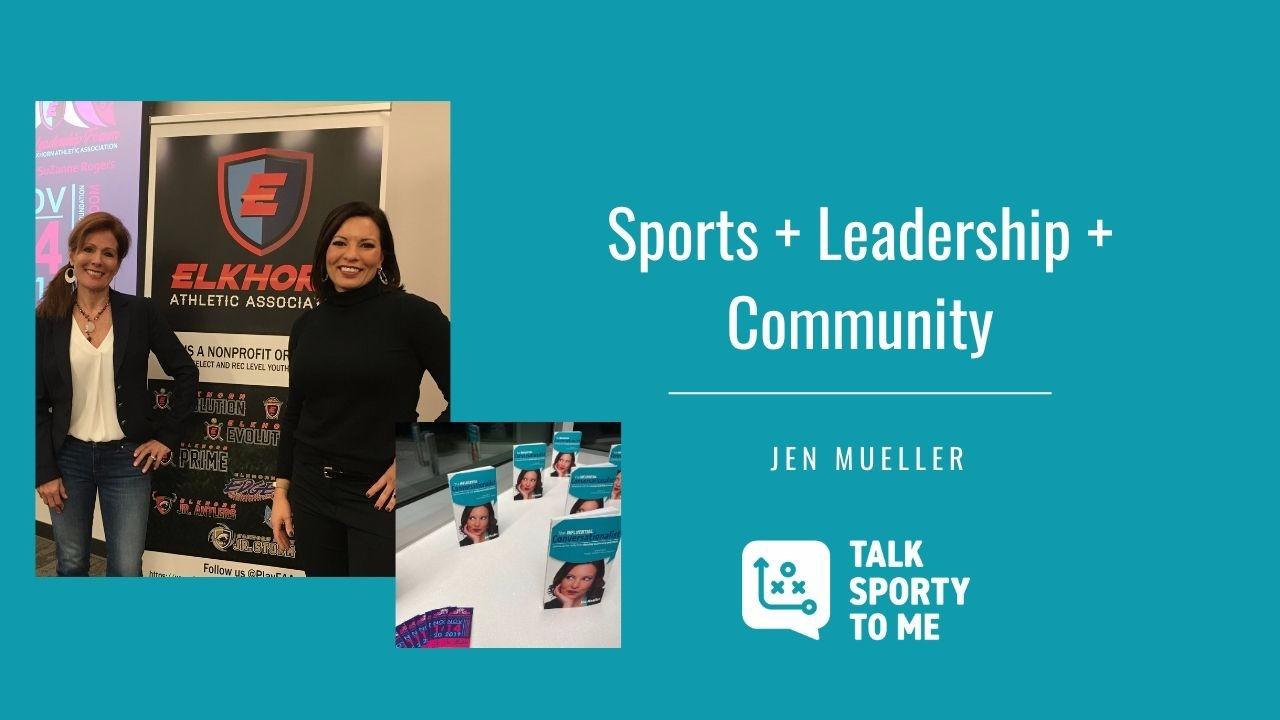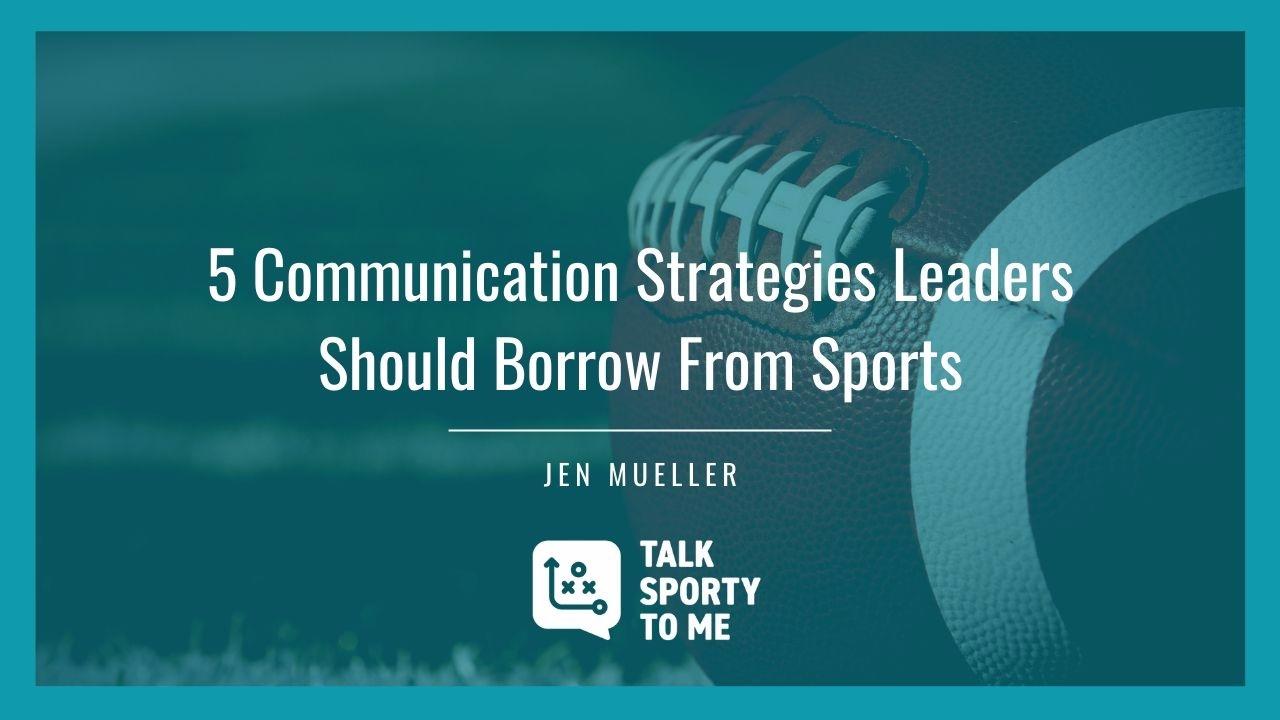I'M ONE TO TALK
Our Blog Posts will help you reach your full potential in becoming a confident conversationalist. New topics each week.
Talk Sporty Challenge for Thanksgiving Week

Happy Thanksgiving Week!
You know I'm a big advocate of small talk, face-to-face conversations and building relationships through daily interactions.
HOWEVER... If you'd like to minimize or altogether avoid talking to some of your family members this week. I get it. You might want to take a look at this list on how to be part of family gatherings without talking before Aunt Trudy shows up with her jello salad.
Of course there's plenty of sports to talk about this week and big football games on the horizon. Take a look at this list use the topics with family and friends this week.

5 Ways to Avoid Talking to Your Family During Holiday Get Togethers

I love my family, but sometimes I just don’t want to talk to them.
I’d apologize for sounding like a horrible person - but I know you’ve been there too.
I know you’ve experienced some form of family drama, dealt with conversations that get too personal, or been bored by the conversations that go on and on about your second cousin’s wife’s sister who you’ve never met. And if you’re an introvert you don’t need another reason to avoid conversations altogether.
I also know that just because you don’t want to talk to your family doesn’t mean you don’t want to be around them. But If it’s easier not to talk to your family, or limit your interactions, then try these four ways to communicate and connect instead.
5 Ways to Avoid Talking During Holiday Get Togethers
- Observe. Communication takes many different forms. You don’t have to be the person driving the conversation. Hang back and observe the room. Use...
Talk Sporty Challenge for Your Workweek

The Seahawks bye week gave me a chance to sit and watch football all weekend.
So naturally I spent Sunday watching the Red Zone channel, which is awesome and overwhelming all at the same time. If you’re not familiar with the Red Zone it’s a channel that bounces around showing all the scoring plays. Sometimes they’ll stick with a game for several minutes, other times it’s just a few seconds.
It can be a great way to watch a lot of games while I’m doing other things around the house, but even though I’m listening to the commentary I’m not really hearing or remembering what’s been said.
Funny enough, it’s the same way my husband describes conversations with me (at times,) “I listen to everything you say but don’t remember anything.”
I shouldn’t have to tell you (or him!) that’s not the best way to approach conversations with your spouse or your...
Sports + Leadership + Community

Most athletes will never make it to the pros. But they can all become leaders.
Despite the amount of money pouring into youth programs and select teams the numbers are stacked against athletes, while being stacked in favor of executive leadership.
According to the NCAA, in most sports less than 8% of high school athletes become NCAA athletes and of those collegiate athletes less than 10% will go pro in their sport. Meanwhile, research conducted by Ernst & Young in 2016 showed a disproportionate number of CEOs played sports when they were younger. In fact, 90% of women surveyed among 821 high-level executives participated in sports.
It’s no coincidence athletes become leaders. Teamwork, collaboration, accountability, communication and the ability to motivate are core competencies of winning teams. It’s true at every level: high school, select, rec-league, college and in the professional ranks.
Leadership qualities show up everywhere in sports which is why...
5 Communication Strategies Leaders Should Borrow From Sports

Stats, scores and outcomes.
That’s usually how sports conversations are approached. Throw in an occasional cliché or metaphor and people really think they’re “talking sporty” when, in fact, they’re looking at sports through a very narrow lens.
Sports provides the framework leaders can use to develop effective communication skills. I see this first-hand as a sports broadcaster with nearly 20 years of experience inside professional locker rooms. You see it too because these communication takeaways are evident every time you watch a game – if you’re watching with a critical eye and an intent around developing stronger communication and leadership skills.
5 Communication Strategies Leaders Should Borrow From Sports
Have face-to-face conversations. The field of play is one of the only places face-to-face, real-time interactions are required. Coaches don’t send emails with an in-bounds play. Quarterbacks...
Conversational Storytelling (in 15 seconds)

“When making a decision, would you rather evaluate as much data and information as you can or be able to visualize the final outcome?”
It’s a question I’ve asked several times recently as part of business communication trainings I’ve given to corporate clients. There’s no right or wrong answer. It’s simply a way for me to gauge the audience and to illustrate a key difference in the way people receive and process information.
Are you driven by data or connection?
Data driven people want hard core numbers. They have little use for extra details. Connection driven people want sensory details to help see the big picture.
I run into this issue when talking to my IT guy at work. He’s very data driven. I am not. Sharing numbers and walking away does not solve my problem or lead to a better understanding of the situation. Consider these examples.
Example 1:
IT guy: “Here’s a two-terabyte hard drive for you to use.”
My...
Practicing Leadership: The Things You Tell Yourself…
You can’t be convinced of your capabilities in the moment if that’s the only time you reinforce them.
I’ve never bought into journaling. Who has time?
Daily affirmations? Too woo-woo for me (and too much like the SNL sketch from years ago.)
Gratitude statements? Seems like an unnecessary thing to add to my to-do list.
Then I gave it a try. All of it.
Nothing happened, at first. I kept at it because I’m not a quitter and if I’ve decided to do something I’ll stick with it. And then I sat down to write a couple emails, ones that I’d put off for weeks because I wasn’t convinced I had the credibility to make my ask, and the things I told myself and written down every morning came back to me… Things like “I’m talented. I’ve had success with this and I’m grateful to be able to share my expertise with others.”
The emails were sent with a renewed level of confidence, and the psych yourself out moment...
Intentional Relationship Building at Work

You’ve heard the saying “It’s not what you know, it’s who you know,” which is true up to a point. Knowing someone isn’t enough. I know of a lot of people, so do you. You have to be intentional in building business relationships because that comes first. Before a potential client does business with you, before you get hired for the job, and before a colleague trusts you to be the lead on a project.
Relationships are not the byproduct of working with someone. They are the reason that person worked with you in the first place.
Sometimes we flip the order and assume a good relationship forms over time. That’s not always the case. If a colleague doesn’t trust you from the beginning you’ll have to work twice as hard to win them over, and that’s only if they’re willing to pay attention to your efforts. A potential client isn’t going to fork over money to hire your services if they don’t trust...
How Clear Can You Be?

No one has time for everything.
You’re going to have to delegate some tasks and not in the wishy-washy, “Do you think, if you get a minute and it’s not too much trouble that you could help me out?” kind of way.
That approach won’t get you any closer to a completed task or greater productivity. Failing to make a direct ask leads to frustration, guilt, anxiety and stress and not because people around you aren’t willing to help, but because of the way you asked.
Giving clear directions doesn’t mean you’re bossing people around or acting like a dictator. It simply means you’re spelling out what you need, when you need it and getting confirmation on next steps.
I call it the E.T.A. approach to conversations. It stands for Expectation, Timeline and Action Item and it makes all the difference in being able to get things done.
3 Ways to Avoid Self-Doubt as a Leader

Leaders motivate others to think bigger and do better.
But what motivates a leader to stay the course?
Seeing results certainly helps but even when employees or team members take immediate action toward thinking bigger and doing better, there’s often a runway to success.
Leaving time for the “What if’s” to creep in.
- “What if I should have taken a different approach?”
- “What if I misjudged their ability?”
- “What if this doesn’t lead to the results we need?”
- “What if I’m doing this all wrong?”
Even the best leaders deal with doubt and need a confidence boost (or a kick in the pants.) Asking for that kind of support can be tricky, because who do you turn to when you’re already in a vulnerable place?
After being around athletes for nearly 20 years, I know that every single one of them deals with this kind of self-doubt. Regaining confidence, and motivation to stay the course usually includes asking...



